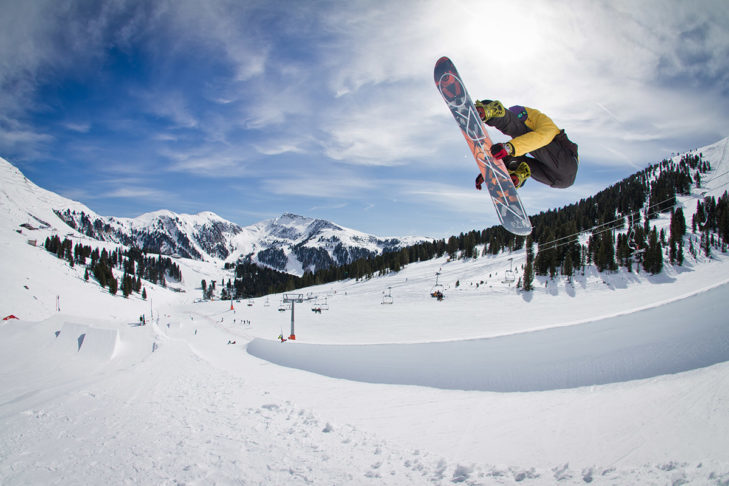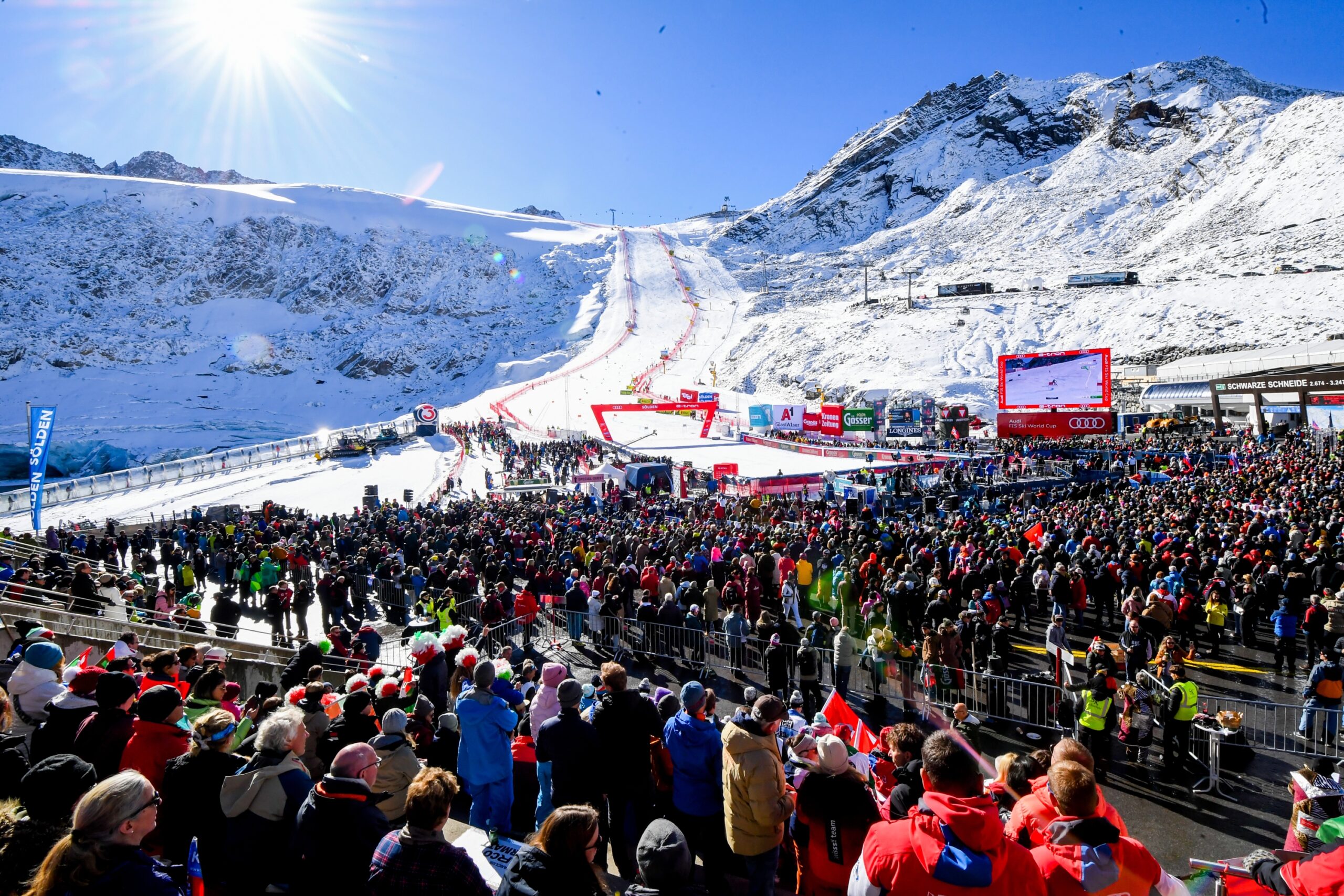Half-pipe, giant slalom, snowboard cross – the various disciplines in snowboarding could hardly be more different. A total of five disciplines were held at the 2018 Olympic Games, there are currently six disciplines within the FIS World Cup series, and the snowboard freestyle disciplines will again be held within the TTR World Snowboard Tour. So what are these disciplines? SnowTrex will be introducing the various snowboard disciplines to you.
Snowboard Disciplines and their Differences
Skiers aren’t the only ones who start the World Cup season in the fall. The snowboard scene also fights for points – and that already starts in August. However, it’s not so easy with the World Cup for snowboarders, and the FIS events are not the only ones where the snowboarding elite compete. Until the winter of 1997/98 in particular, the world elite were rarely seen at FIS competitions. However, this has changed since the points in the FIS World Cup determined the Olympic participation. In the Snowboard FIS World Cup, six disciplines are held: in addition to big air, there is also snowboard cross, parallel giant slalom, parallel slalom, slopestyle and half-pipe. The snowboard freestyle disciplines will be held within the TTR World Snowboard Tour. The TTR World Snowboard Tour, which is organised by the two umbrella organisations TTR (Ticket to Ride) Pro Snowboarding and the WSF (World Snowboarding Federation), includes the disciplines half-pipe, slopestyle and big air.
The half-pipe has been in the Olympic Games since 1998 – the first winner was Nicola Thost (parallel giant slalom since 2002, snowboard cross since 2006 and slopestyle since 2014). Big air was added to the 2018 Winter Olympics program. In 1998, in addition to the half-pipe discipline, giant slalom was also held once, while the parallel slalom was only in the program for 2014. SnowTrex takes a look at the disciplines of the Snowboard World Cup and their differences:
Big Air
Big air is probably the most spectacular snowboard discipline due to the altitude and flight time (airtime) of the snowboarders. The single runs consist of a single jump over a high kicker, where the riders perform the most challenging trick possible with rotations and grabs in the air. This trick is judged by a jury according to difficulty, height, execution, style and landing. Big air has long been a male domain, but lately, women have also started competing. The discipline was first held at the 2018 Olympic Games in Pyeongchang, South Korea and Austria’s Anna Gasser won the women’s event while Canada’s Sébastien Toutant won the men’s event.
Snowboard Cross
This discipline combines the different areas of snowboarding (freestyle and alpine) together, and there are four snowboarders competing against each other. The riders have to pass an artificially created obstacle course with steep turns, jumps, drops, gates, bumps and different angles of incline. The competition is based on the knock-out system, in which the two fastest athletes advance one round. It is not uncommon for spectacular collisions and falls to occur, which is why body protection in the form of padded suits, chin protectors and helmets is obligatory for snowboard cross. The fastest 2 participants (with 6 participants: the fastest 3) move on to the next round.
Parallel Giant Slalom
The slalom competitions are classic disciplines based on those of alpine skiers. The course of the parallel slalom has an altitude difference of about 120 to 200 m. The triangular gates – there are about 40 of them – are placed at a distance of about 25 m apart. On the slalom slope, two tracks are set up next to each other – one with red gates and one with blue gates. In the qualification, the riders race individually on the blue or red track. In the qualification, a total of 32 snowboarders will compete and ride the slopes twice on their own. In the final, the best 16 riders compete against each other in a knockout race – in 2 runs. After the first one, they change pistes. In the second run, they start with the difference from the first race. Whoever crosses the finish line first then reaches the next round or victory. In contrast to the freestyle disciplines, in which air orientation, courage and jumps play a role, racing competitions are mainly about technique, speed and nerves of steel. By the way: In 2002, the giant slalom was replaced by the parallel giant slalom.
Parallel Slalom
The organisation of the parallel slalom is the same as that of the parallel giant slalom, with the only difference being that the gates are set closer together – at a distance of about 12 metres apart. The difference in altitude of the course is 100 to 150 m. The World Cup final in the parallel slalom took place in Winterberg in 2019, as in previous years.
Slopestyle
As of 2014, slopestyle is also an Olympic discipline. The task of the riders: cross a freestyle course (two in the qualifiers, two in the finals – the best one is evaluated) while implementing as many elements as possible, from jumps to other tricks, as well as combining different obstacles with each other. A jury then evaluates the tricks according to execution, technical difficulty, height, width and cleanliness – the same principle as in the half-pipe discipline. The tricks in the freestyle area can be roughly divided into these categories: spins (turns around the own body axis), grabs (grips on the snowboard), grinds (tricks on a rail) and flips (turns around the horizontal axis).
Half-pipe
It is the supreme discipline in snowboarding, with the half-pipe at the Olympics classified as a “superpipe”. The aim is to ride from one side to the other of a 150-170 m long, 19-22 m wide and almost 7 m high half-pipe and to catapult yourself over the coping, i.e. the upper edge of the half-pipe, and to perform various tricks such as acrobatic jumps, turns, handstands and somersaults. The whole thing is evaluated by six judges. Their criteria: the height of the jumps, degree of difficulty, technique, variety and style.





